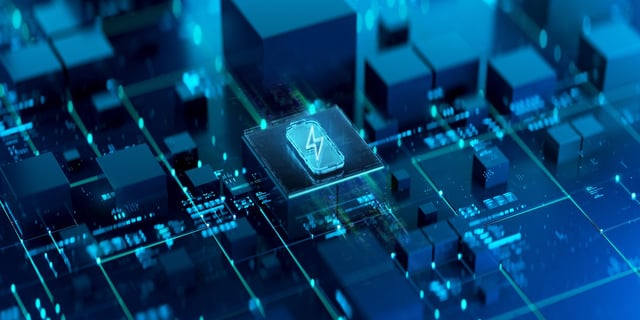Overview
- Researchers led by Professor Hiroo Sekiya developed a fully numerical design procedure that models real-world component behavior with differential equations and optimizes circuit parameters using a genetic algorithm.
- When applied to a class-EF wireless power system, the AI-designed prototype preserved zero-voltage switching and limited output voltage fluctuations to under 5% across load changes.
- At its rated operating point, the load-independent system delivered over 23 W at 6.78 MHz with an efficiency of 86.7%.
- Accurate modeling of diode parasitic capacitance and other nonideal effects ensured reliable performance even at light load conditions.
- The team projects that this machine learning–driven approach could enable cost-effective, scalable wireless power solutions in consumer and industrial devices within five to ten years.


